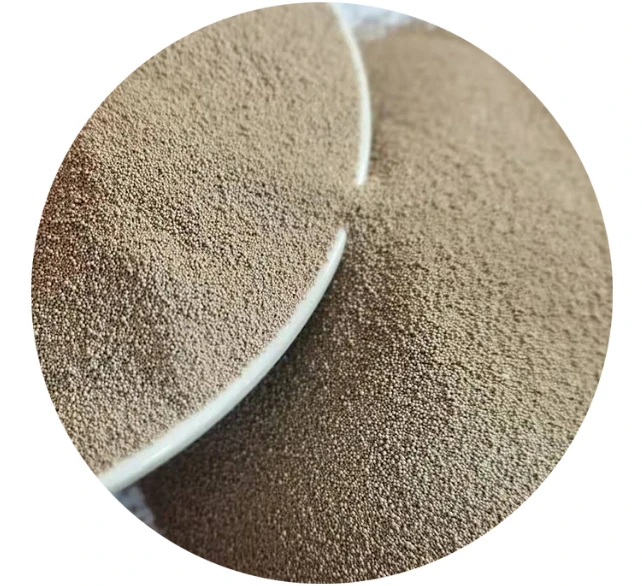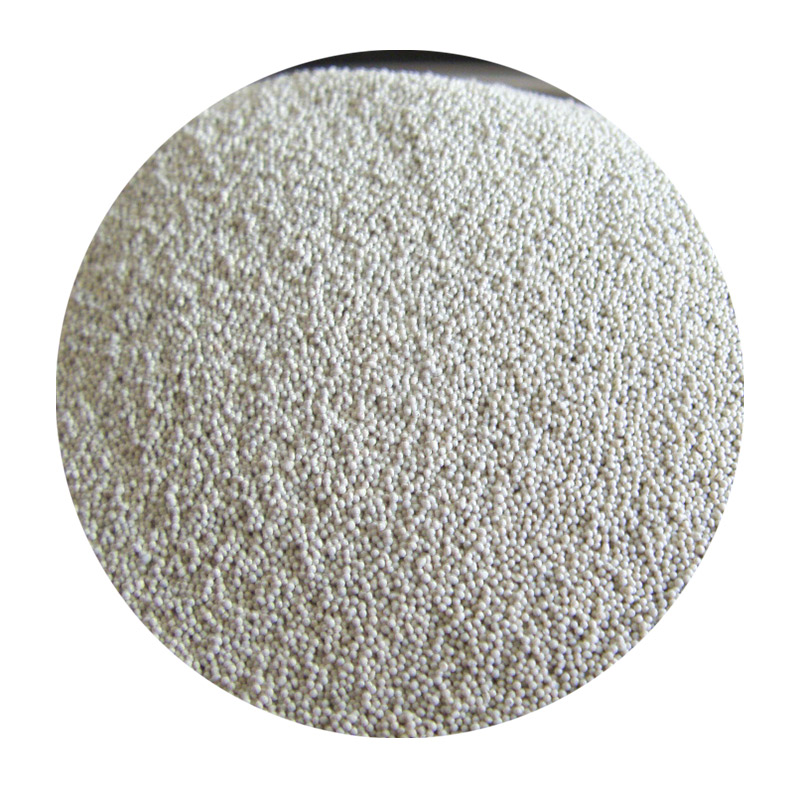

Resin sand casting, often referred to as cold-setting or no-bake sand casting, utilizes a resin binder that hardens at room temperature, eliminating the need for heating. This method provides superior surface finishes and precise dimensional control, which are critical in high tolerance applications. Components requiring intricate detailing and minimal defects, such as hydraulic components and pump parts, benefit from this method. Its main drawback is the higher material cost and environmental concerns associated with resin disposal, which require careful consideration and management. Shell mold casting involves creating a thin, hard shell around a pattern using a thermosetting resin. This process is particularly advantageous for producing small to medium-sized parts that require a high degree of precision and complex geometries. The method's ability to produce near-net shape castings with minimal post-processing makes it widely used in the production of automotive and small industrial components. However, the tooling cost and preparation are higher and more complex, making it less suitable for low-volume production. In-depth expertise in the sand casting process underscores the importance of selecting the right method to complement the intended use of the product. Factors such as material choice, required surface finish, dimensional tolerances, and production volume are critical in determining the most efficient and cost-effective process. Each method offers distinct advantages and limitations, which, when appropriately matched to the specific needs of a project, can greatly enhance the quality and functionality of the final product. Ongoing advancements and innovations in sand casting techniques continue to expand the possibilities within the industry, providing manufacturers with the tools to meet the ever-evolving demands of modern production. By leveraging a deep understanding of these processes, industry professionals can guide decisions that align with both technical requirements and business objectives, establishing trust and authority with clients through the delivery of high-quality cast products. Post time:Ion . 26, 2025 06:11
Next:sand casting sand types
